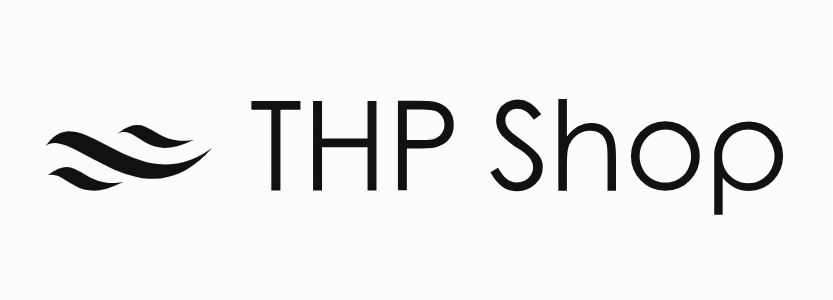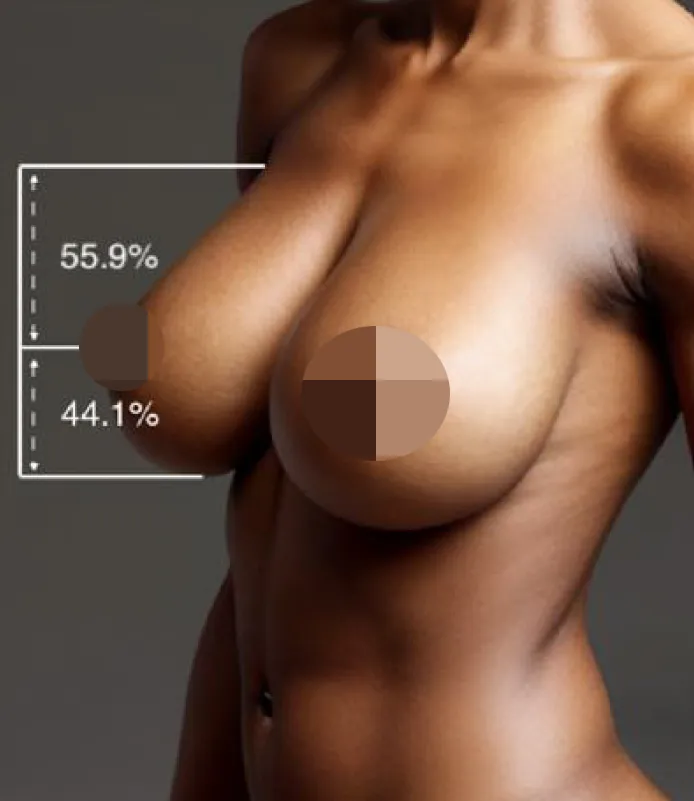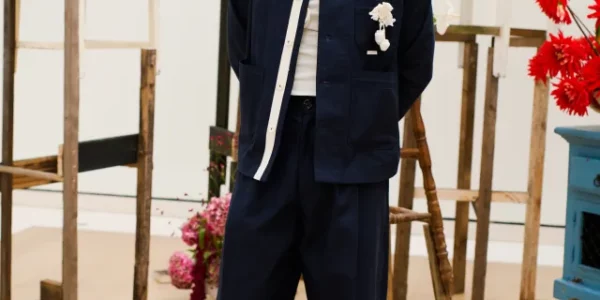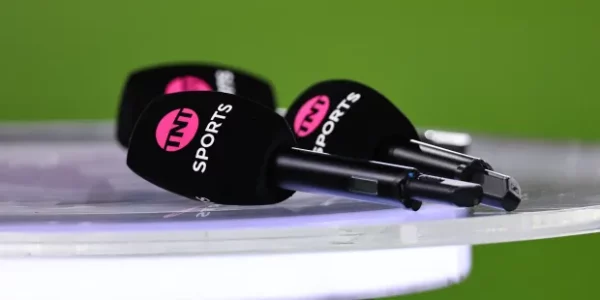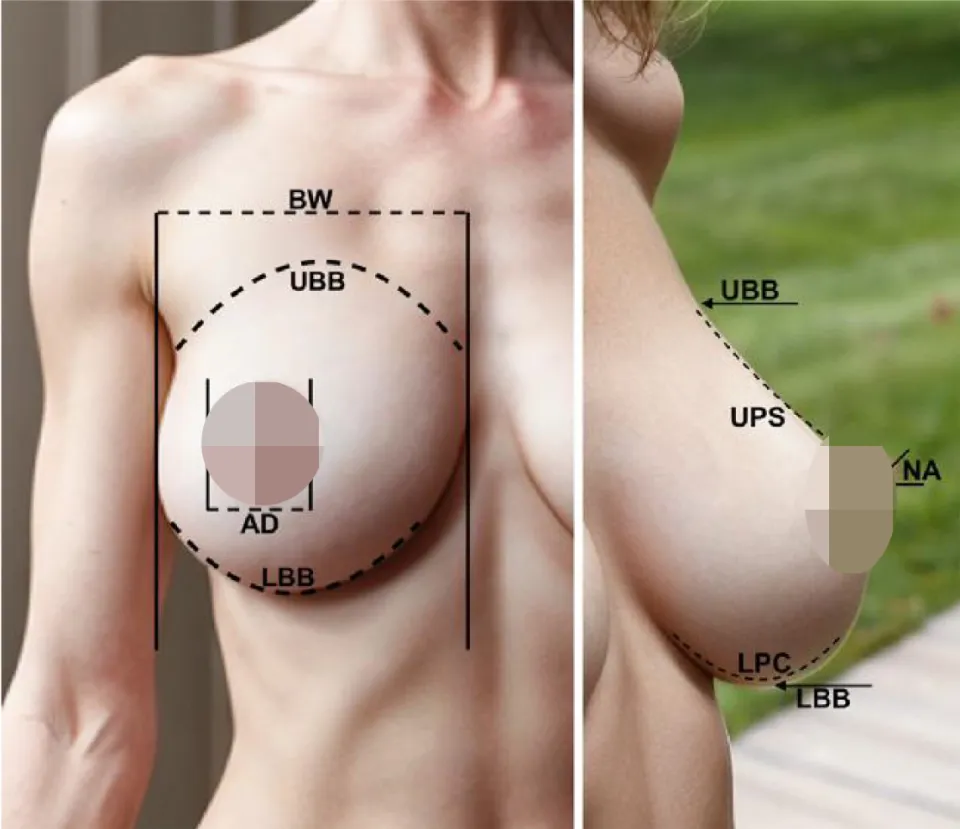
The concept of the “ideal” breast has long been a subject of fascination and debate. While beauty standards are inherently subjective and influenced by cultural, societal, and individual preferences, scientific studies have attempted to quantify and understand the characteristics that are commonly perceived as aesthetically pleasing. Recent research utilizing artificial intelligence (AI) and morphometric analyses has provided insights into these preferences, highlighting variations across different racial and cultural groups.
The Quest for Aesthetic Ideals
Historically, the study of breast aesthetics has focused on identifying proportions and shapes that are widely regarded as attractive. One notable study by Dr. Patrick Mallucci analyzed the breasts of 100 topless models and identified four key features consistently found in those deemed most attractive:
- An upper pole to lower pole ratio of 45:55.
- A nipple angulation of approximately 20 degrees upwards.
- A linear or slightly concave upper pole slope.
- A convex lower pole.
These findings have served as a guideline for plastic surgeons aiming to achieve aesthetically pleasing results in breast augmentation procedures.
AI and the Modern Analysis of Breast Aesthetics
Advancements in AI have enabled researchers to generate and analyze images to study aesthetic preferences more objectively. In a study published in the Aesthetic Surgery Journal Open Forum, researchers used an AI image-generator platform to create 150 images representing idealized breasts across three racial groups: Caucasian, African American, and Asian. These images were then analyzed for various morphological features, including upper-to-lower pole ratios, nipple angles, and areolar dimensions.
Key Findings
-
Caucasian Preferences: The ideal breast shape closely followed the 45:55 upper-to-lower pole ratio, with nipples angling upwards at approximately 21.5 degrees.
-
African American Preferences: A higher upper pole volume was preferred, with a mean ratio of 51.4:48.6 and a nipple angle of 10.9 degrees. Additionally, larger areolar complexes were noted.
-
Asian Preferences: Similar to African American preferences, a higher upper pole volume was favored, with a mean ratio of 52.7:47.3 and a nipple angle of 10.5 degrees. A straight upper pole slope and front-facing nipples were also preferred.
These findings underscore the importance of considering racial and cultural differences when assessing aesthetic preferences and planning surgical procedures.
Cultural and Ethnic Influences on Breast Aesthetics
Cultural perceptions play a significant role in defining beauty standards. Studies have shown that preferences for breast shape, size, and proportion vary across different populations.
-
Asian Populations: Research indicates a preference for a straight upper pole slope and front-facing nipples. The ideal breast shape is considered to have a 65:35 ratio between the upper and lower breast footprint, with the nipple and inframammary fold positioned at 45% and 60% along the sternal notch to umbilicus line, respectively.
-
Western Populations: The 45:55 upper-to-lower pole ratio is widely regarded as ideal, with a slight upward nipple angulation. This preference aligns with the findings from Dr. Mallucci’s study and has been corroborated by surveys indicating that a majority of respondents favor this proportion.
These variations highlight the necessity for personalized approaches in aesthetic procedures, taking into account the individual’s cultural background and personal preferences.
Implications for Plastic Surgery
Understanding the diverse preferences in breast aesthetics is crucial for plastic surgeons. By acknowledging the variations in ideal breast characteristics across different populations, surgeons can tailor their techniques to meet the specific desires and expectations of their patients. This personalized approach not only enhances patient satisfaction but also ensures culturally sensitive and ethically responsible practices.
Ethical Considerations in AI-Generated Aesthetic Standards
While AI offers valuable tools for analyzing and understanding aesthetic preferences, it also raises ethical concerns. The use of AI-generated images to define beauty standards may inadvertently reinforce narrow or unrealistic ideals, potentially impacting individuals’ self-esteem and body image. It is essential to approach these technologies with caution, ensuring that they are used to inform and guide rather than dictate aesthetic norms.
Conclusion
The pursuit of understanding the “ideal” breast highlights the complex interplay between biology, culture, and individual preference. While scientific studies provide valuable insights into common aesthetic preferences, it is imperative to recognize and respect the diversity of beauty standards across different populations. Ultimately, the definition of beauty remains subjective, and the most important consideration is the individual’s comfort and satisfaction with their own body.
